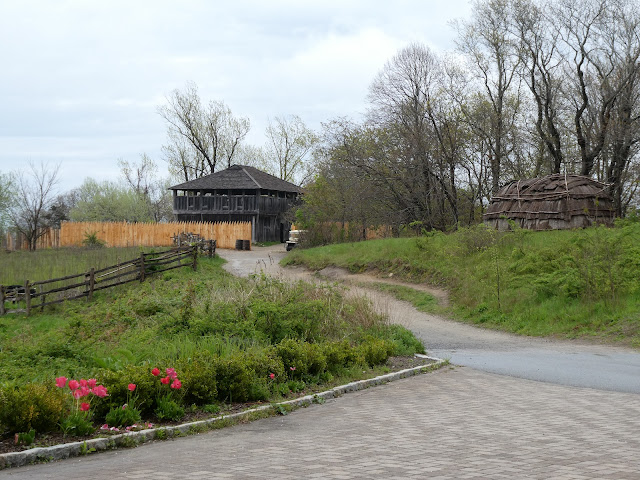Most people are not aware that Thomas Jefferson's house in Charlottesville, Virginia has a weathervane. It is mounted to the portico over the back door of the mansion. This is not the view made famous by the US nickel coin, which has a dome on the west side of the house. This east entrance is now the first thing visitors to Monticello see.
Jefferson was an inventor and he loved scientific instruments. The weathervane was installed in 1807. Below this weathervane he installed a compass rose on the ceiling of the portico. You have to look up quick when you are being ushered into the mansion on a tour! This compass rose was recently restored and regilded by conservators.
Thomas Jefferson loved to record weather twice a day when he was at Monticello. He recorded the weather, temperatures, and wind direction. This weathervane is a very simple iron and metal banner, with no cardinal points because of the compass rose below the roof on the porch ceiling. Jefferson didn't even have to go outside to tell which way the wind was blowing! The east entrance was a hall of "curiosities" holding many scientific instruments, maps, artifacts, and taxidermy from the Lewis and Clark expedition and other parts of North America.
 |
This device used iron balls to
tell the days of the week |
For the truly curious:
The Monticello website: https://www.monticello.org/
A short video on the restoration of the compass rose that works in conjunction with the weathervane:
https://www.monticello.org/research-education/thomas-jefferson-encyclopedia/weathervane/
Click here to see over 550 other weathervanes featured on this blog:
https://nutfieldgenealogy.blogspot.com/search/label/Weathervane%20Wednesday
----------------------
To cite/link to this blog post: Heather Wilkinson Rojo, "Monticello, Thomas Jefferson's house, for Weathervane Wednesday", Nutfield Genealogy, posted November 6, 2024, (https://nutfieldgenealogy.blogspot.com/2024/11/monticello-thomas-jeffersons-house-for.html: accessed [access date]).




























